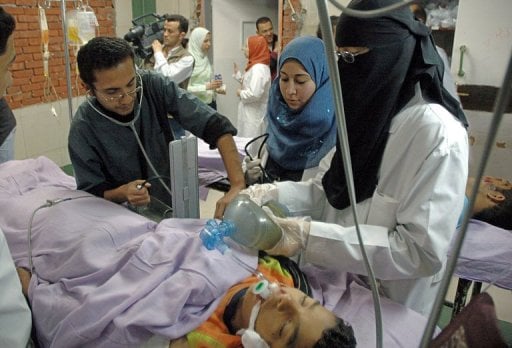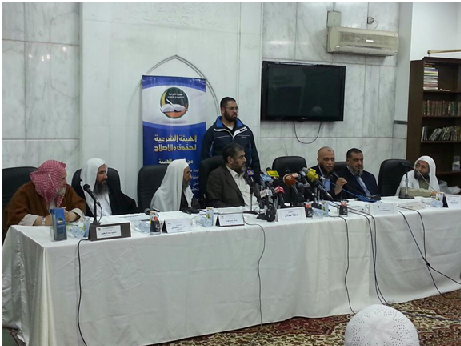Euromed Heritage Program earmarks seven national landmarks for renovation
CAIRO: Seven heritage sites in Egypt have been selected for restoration through “Adopt a Mediterranean Heritage, a new and innovative initiative from the Euromed Heritage Program.
Twenty-five historical sites in the Mediterranean partner countries have been selected for restoration through the program. Chief among its aims is increasing contact between endangered heritage sites and international investors – public and private – interested in financing restoration and conservation in order to support a responsible public/private partnership for cultural heritage to achieve social development and preserve educational value.
Among the seven Egyptian sites selected for this program is the Villa Antoniadis in Alexandria including the restoration of antique furniture and objects of art. In old Cairo, the mausoleum of Yunes El-Dawadar in Bab Al-Wadaa (Gate of Farewell), which boasts the narrowest dome, has been long neglected. Hama Al-Tanbali, near Bab Al-Shariya, is also earmarked for restoration after being neglected over the years since its construction during the Ottoman period in the 18th century.
Also chosen for restoration is the Geographical Society, which dates back to Khedive Ismail’s efforts to modernize Egypt in the late 1800s. The khedive was well aware of the European exploration expeditions to discover the source of the Nile in the late 19th century, and subsequently the Geographical Society acted as a staging post for explorers who came to Africa. The society houses an extensive library, cartography collection, and geographical maps. The Euromed Heritage Program is also sponsoring a project to “revive the memory of the Egyptian museum by digitizing glass negatives.
One of the more ambitious projects is rescuing the site of Qasr Ibrim (ancient Primis), which has been surrounded by the waters of Lake Nasser since 1967. The citadel is considered to be the last in-situ archeological site of Egyptian Nubia, with a long history of occupation since the time of Tutmosis II (1904 B.C. to 1405 B.C.). Excavations undertaken since 1963 have uncovered unparalleled preservation of archaeological material. Euromed urges immediate action as the citadel is under threat from the rising waters of Lake Nasser, which have resulted in destruction of 60 percent of the island’s surface. “The continued high Nile and northerly wind is undermining the northern cliffs and may in the long run lead to serious collapse, cautions the program’s website.
The Euromed program also hopes to establish a museum in the Said Halim Palace in downtown Cairo. The famous Italian architect Antonio Lasciac built the palace for Prince Said Halim, Mohammed Ali’s (1805-1848) son. It was never inhabited and was transformed into a school between 1917 and 1952. “Cairo, the city of the thousand minarets, is lacking a museum that can tell its tangible and intangible history to the new generation and hence establish the necessary links between them and the memory of the places, the website elaborates. “It will also give to a tourist the opportunity to have an overview of the history of 10,000 events that shaped the biggest metropolis in the south Mediterranean countries. The palace witnessed rapid degradation and complete devaluation through considerable reconstructions and neglect.
The chosen heritage sites will be published on the Euromed Heritage website www.euromedheritage.net and proposed to international investors who are interested in financing restoration and conservation activities.
The heritage sites selected in each country along with photos and the adoption rules can be found on the Euromed Heritage site.
Euromed Heritage is a program funded by the European Commission and aims at strengthening relations between the EU and Mediterranean partners. It supports Mediterranean countries in their efforts to promote and care for their heritage.


